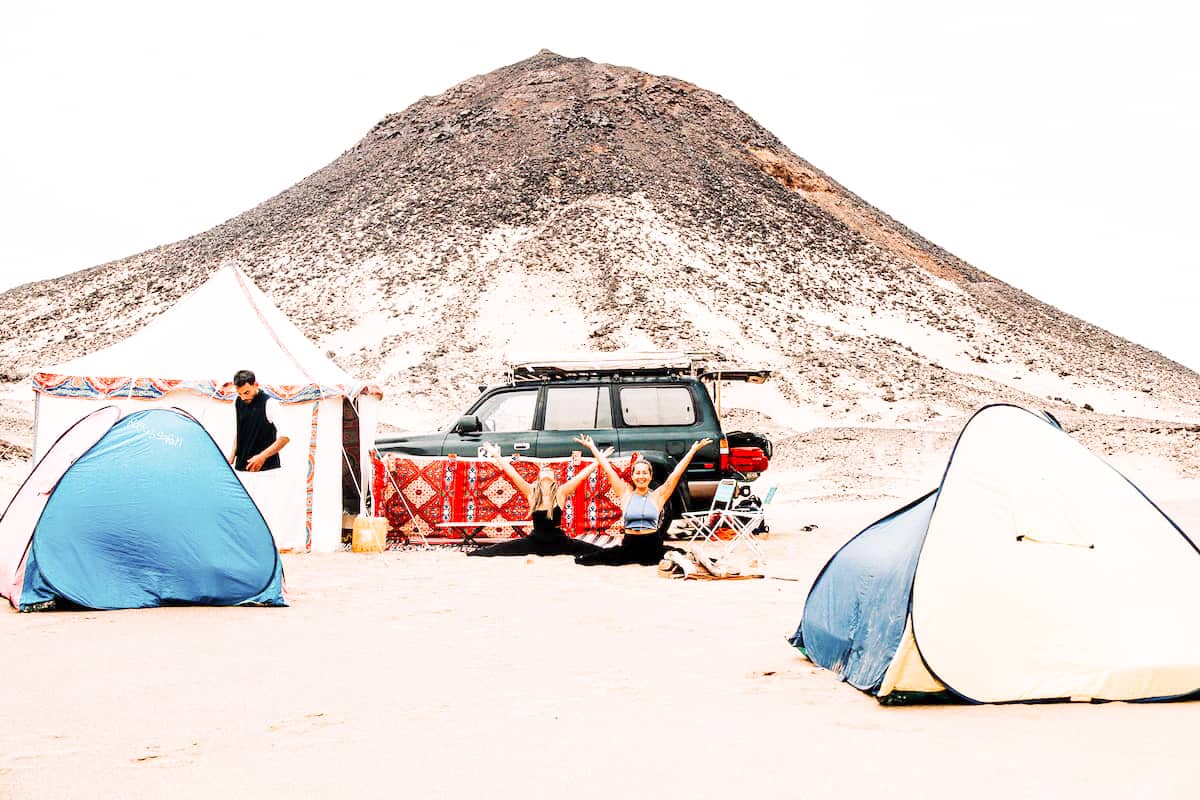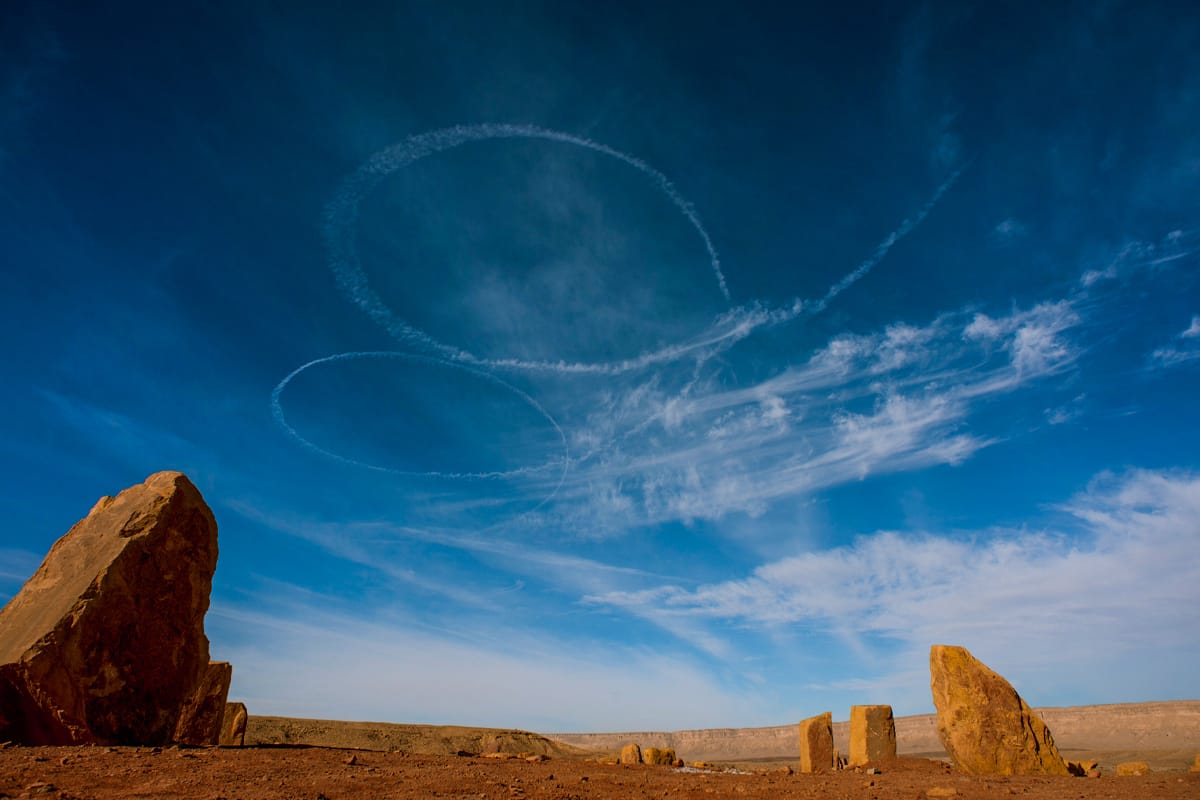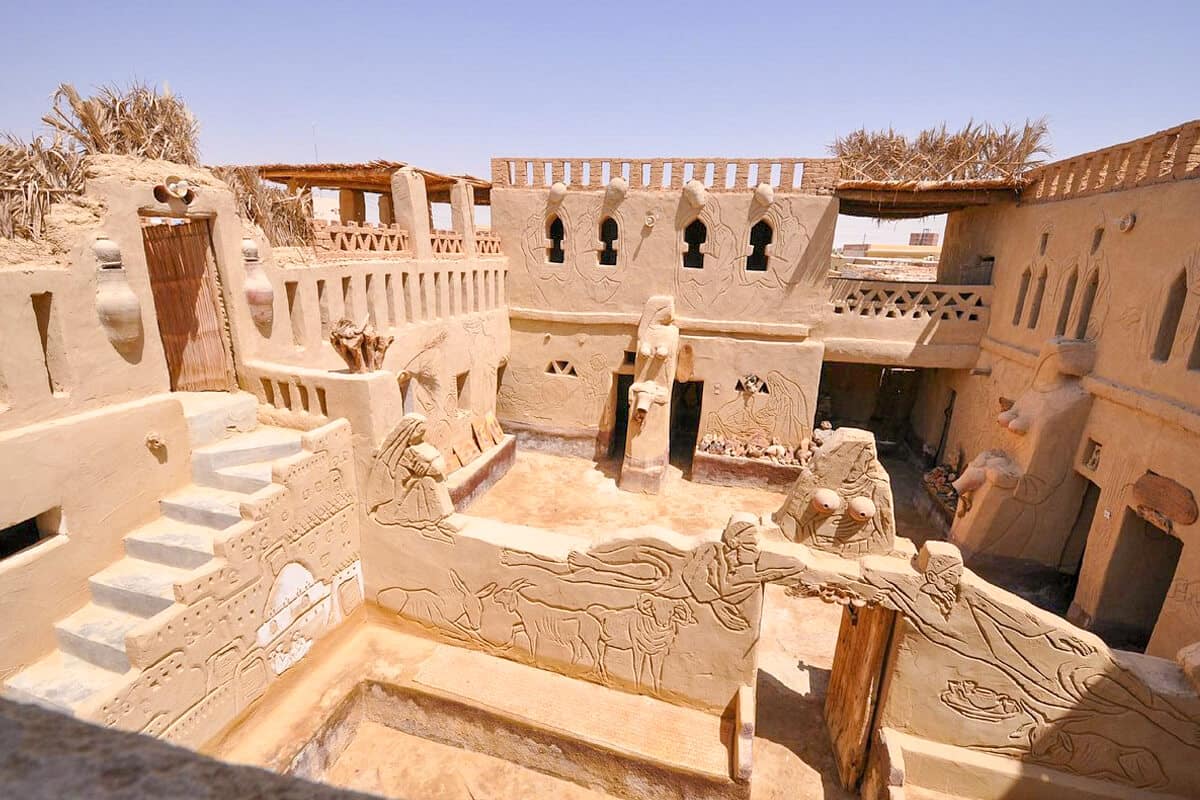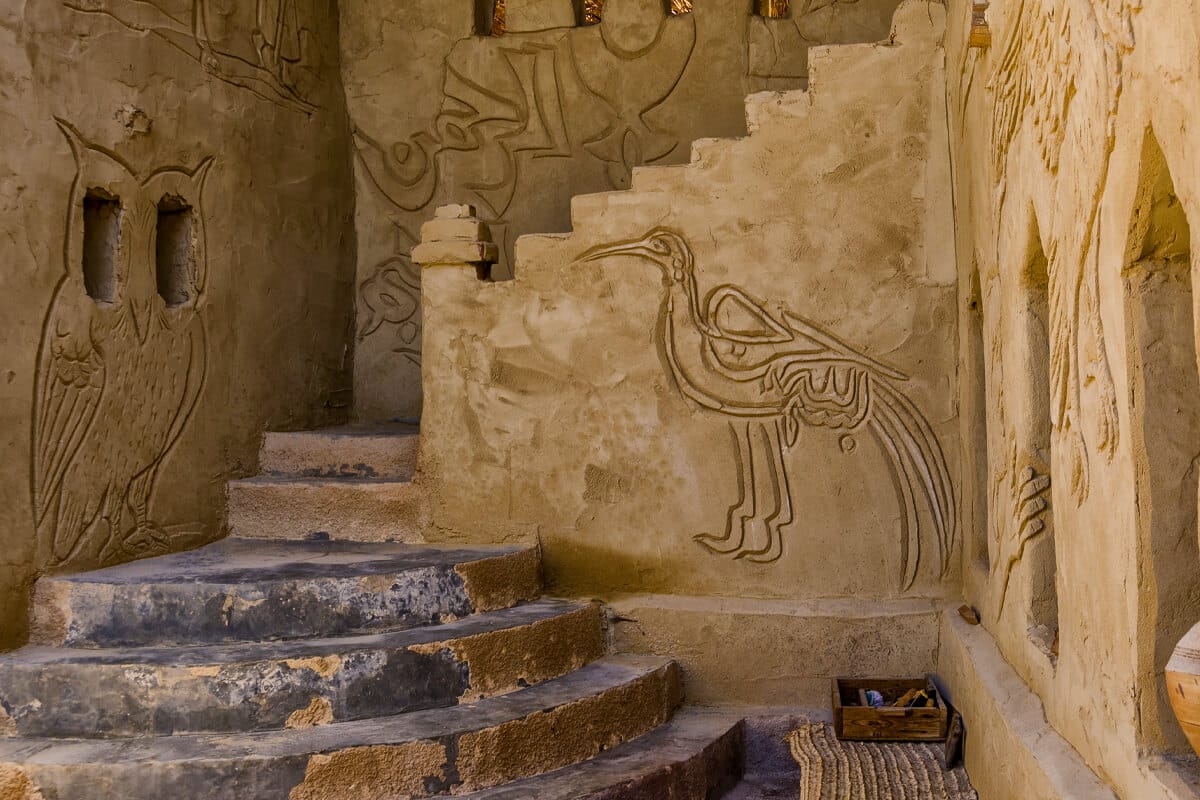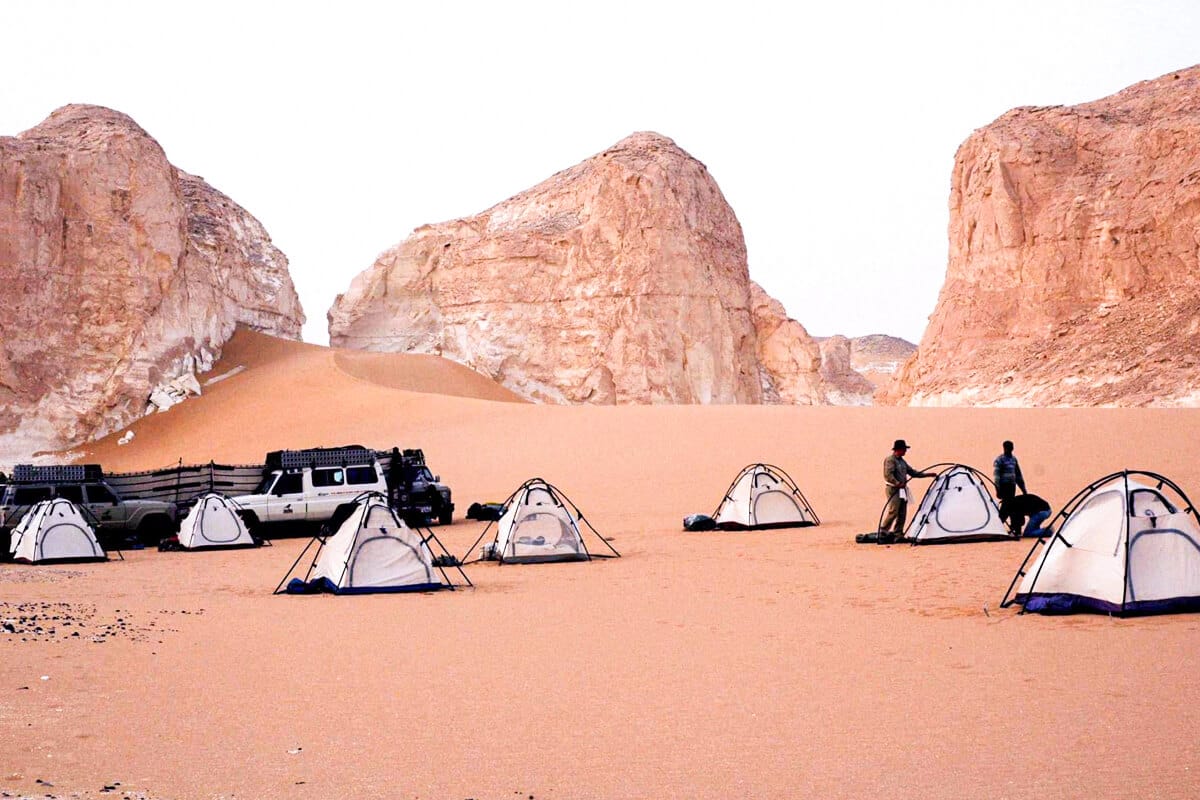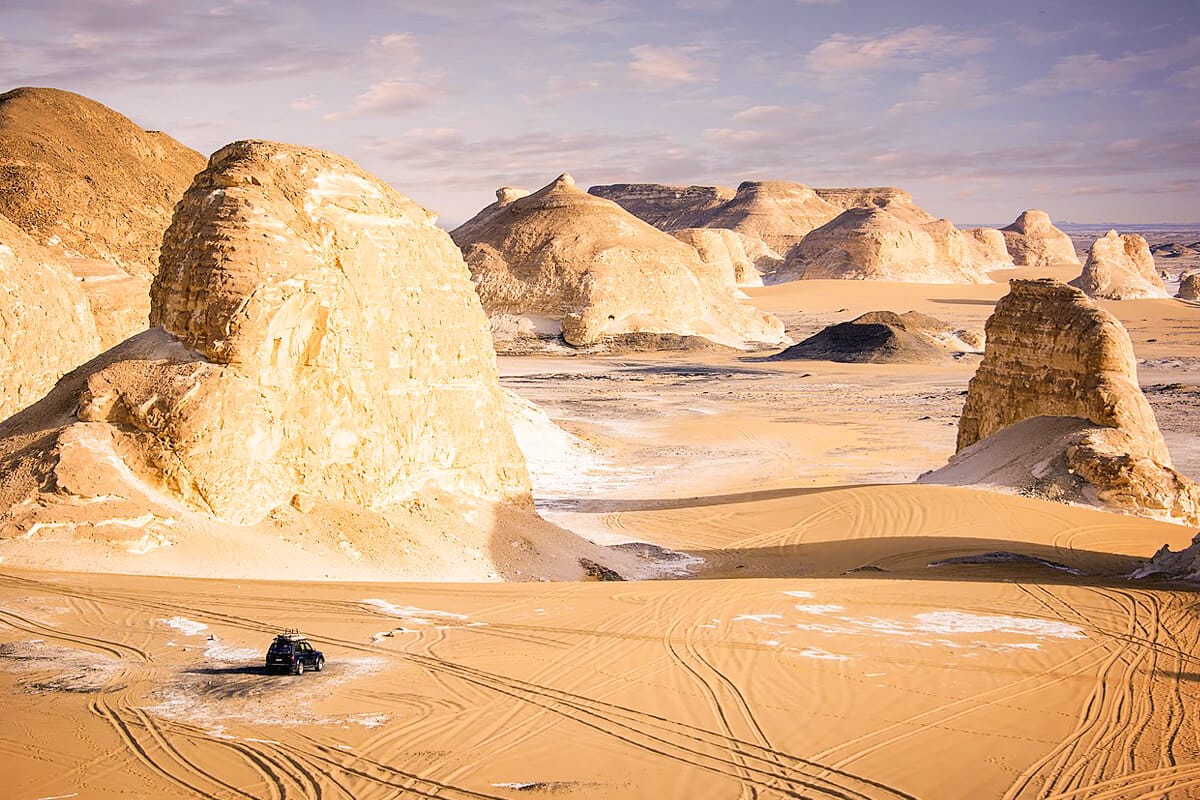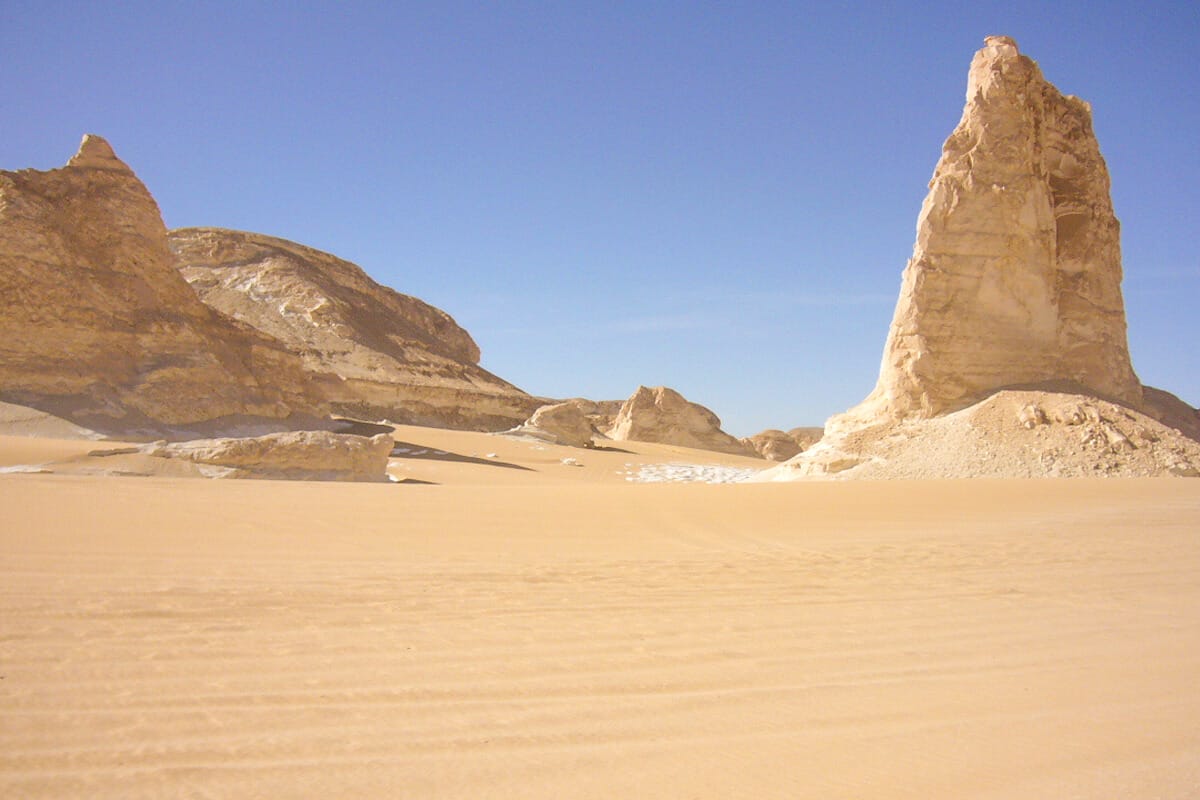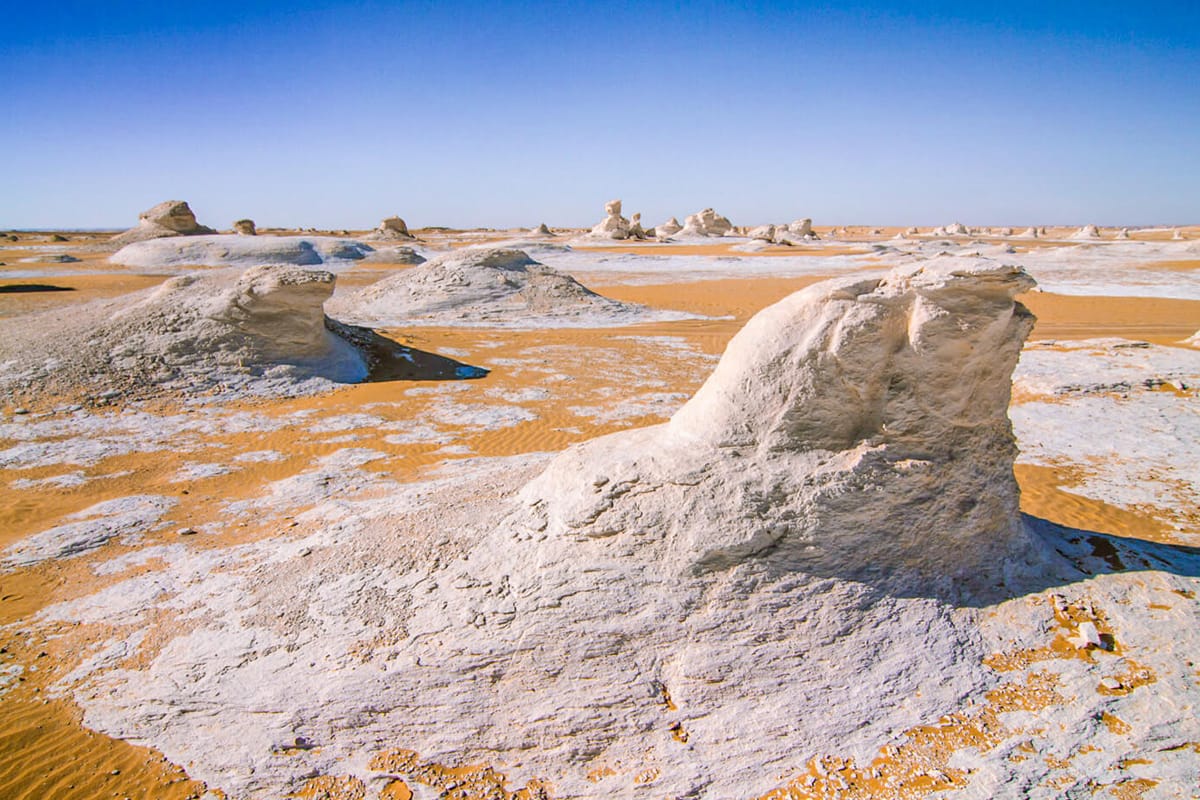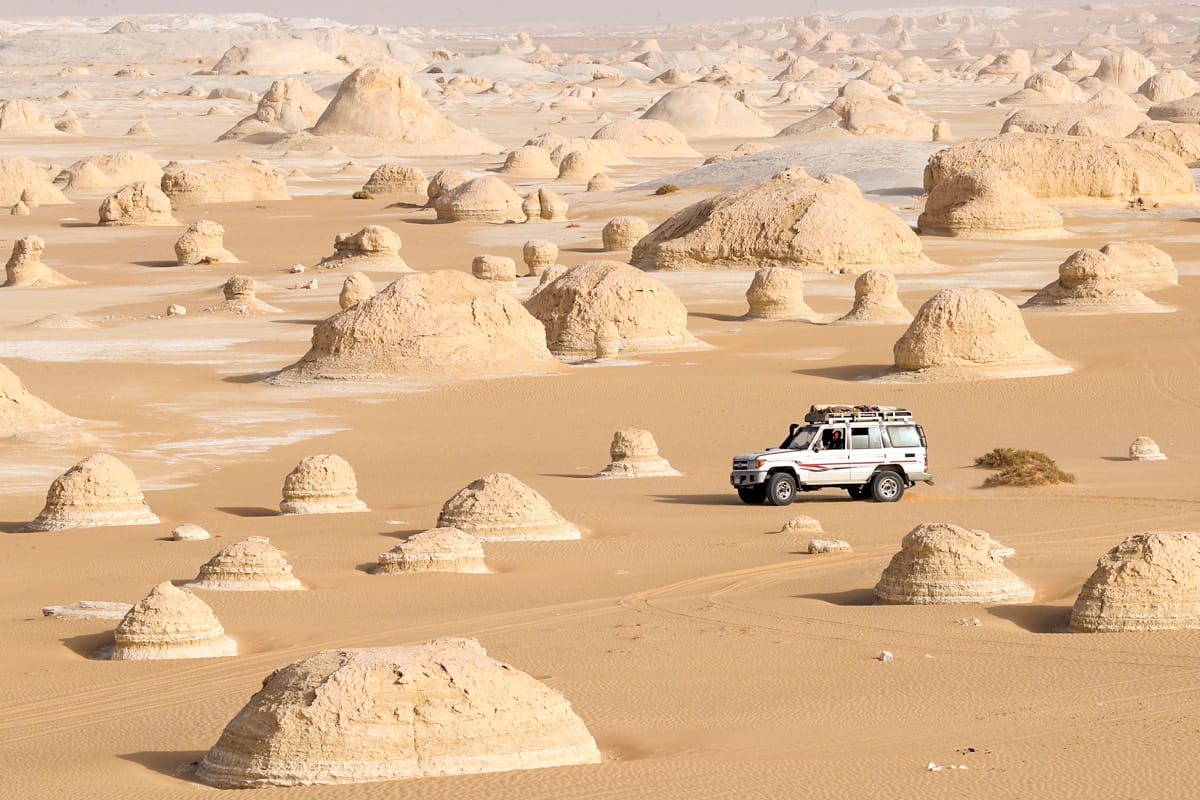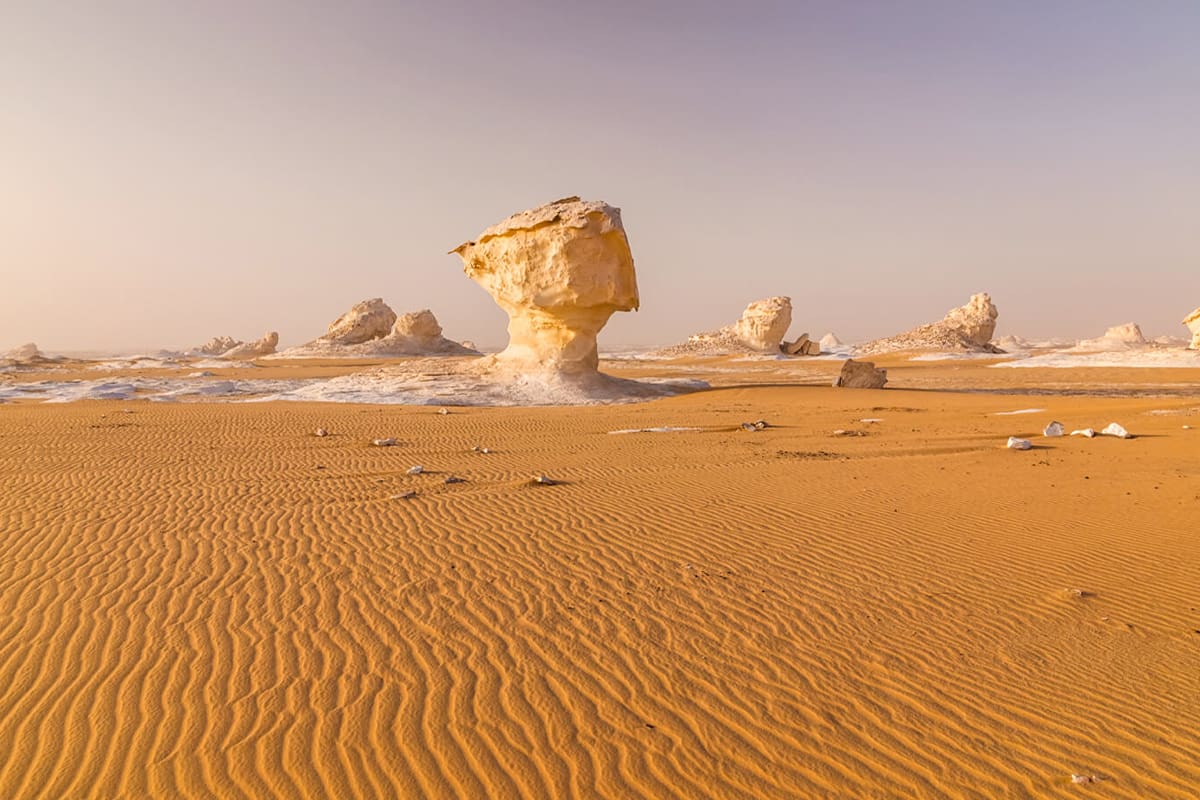Dakhla Oasis holds immense historical and archaeological significance. The oasis has been inhabited since ancient times, with traces of settlements dating back thousands of years. Exploring Dakhla Oasis allows one to delve into Egypt’s past and discover its lesser-known heritage. Additionally, the oasis offers a break from the crowded cities and popular tourist attractions, allowing visitors to immerse themselves in the serenity of nature and experience the authentic local culture.
Dakhla Oasis, located in the Western Desert of Egypt, is a picturesque destination that offers a unique blend of natural beauty and historical significance. Tucked away from the bustling tourist hotspots, this oasis presents a tranquil retreat for Egypt travelers seeking an off-the-beaten-path experience. With its rich cultural heritage, stunning landscapes, and warm hospitality, Dakhla Oasis is a must-visit destination for those who want to explore the hidden treasures of Egypt.
Getting to Dakhla Oasis
Road Trip Possibilities and Recommended
Routes Embarking on a road trip to Dakhla Oasis is an adventure, and Travelers can enjoy the scenic routes and breathtaking landscapes along the way. One popular route is from Cairo, passing through the historic city of Al Minya and the mesmerizing landscapes of the White Desert. Another option is to start the journey from Luxor, combining visiting Dakhla Oasis with exploring other nearby oases, such as Kharga and Farafra. Regardless of the route, a road trip to Dakhla Oasis offers a truly immersive experience.
Exploring Dakhla Oasis
A. Attractions and Landmarks in Dakhla
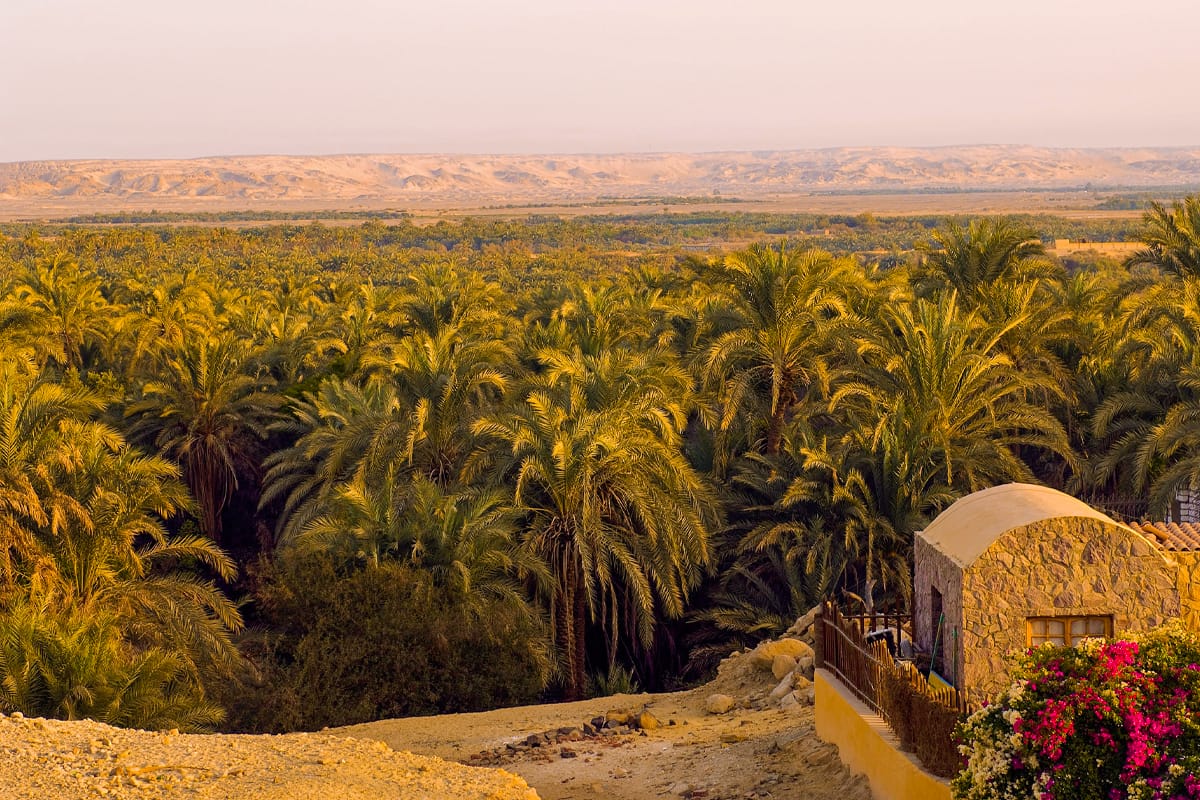
Dakhla Oasis in Egypt is a fascinating destination with a rich history and captivating landscapes. Situated in the Western Desert, Dakhla Oasis offers various attractions and landmarks worth exploring.
- Al-Qasr Village: One of the notable landmarks in Dakhla Oasis is Al-Qasr Village. This ancient village is renowned for its well-preserved mud-brick architecture and narrow streets. As you wander through the labyrinthine alleys, you can admire the traditional houses and soak in the authentic atmosphere of this historic settlement.
- Mut Temple: Another important site is Mut Temple, an ancient Egyptian temple dedicated to the god Amun. Dating back to the Greco-Roman period, Mut Temple boasts unique architectural elements, intricate carvings, and beautifully preserved hieroglyphics. It provides valuable insights into the religious practices and beliefs of the ancient Egyptians.
- Balat Village: For a glimpse into local life, visit Balat Village. This traditional village is characterized by its charming mud-brick houses and picturesque palm groves. Strolling through the town, you can observe the daily activities of the locals and experience the serene ambiance of rural Egypt.
- Deir Al-Hagar Temple: Deir Al-Hagar Temple is another notable attraction in Dakhla Oasis. This Greco-Roman temple, known as the Monastery of Stone, showcases magnificent reliefs, columns, and statues. The temple’s well-preserved elements offer a captivating glimpse into the architectural and artistic achievements of the Roman period.
- Al-Muzawaka Necropolis: To explore the region’s ancient history further, visit the Al-Muzawaka Necropolis. This burial site features well-preserved tombs with intricate murals and daily life scenes. The vivid artwork provides a fascinating window into the customs and beliefs of the past.
- Bir Al-Ghaba: If you seek relaxation and rejuvenation, head to Bir Al-Ghaba, a natural hot spring in Dakhla Oasis. Here, you can unwind and soak in the warm therapeutic waters, surrounded by the tranquil desert landscape.
- Desert Adventure: Dakhla Oasis also offers opportunities for desert adventures. Explore the vast dunes, rugged canyons, and unique rock formations that define the surrounding desert. Engage in activities such as hiking, camel trekking, or off-road excursions to fully immerse yourself in the mesmerizing beauty of the desert landscapes.
- Rock Art Sites: The region is known for its rock art sites. These prehistoric sites display ancient rock paintings and engravings, showcasing various animals and scenes from long ago. Exploring these sites allows you to connect with the ancient cultures that once thrived there.
Overall, the attractions and landmarks in Dakhla Oasis offer a captivating blend of historical, cultural, and natural experiences. Whether you are interested in ancient history, local traditions, or stunning desert landscapes, Dakhla Oasis has something to offer every visitor.
B. Accommodation Options in Dakhla Oasis
Dakhla Oasis offers a range of accommodation options to suit different preferences and budgets. From cozy guesthouses and eco-lodges to luxurious resorts, travelers can find comfortable places to stay amidst the oasis’s serene surroundings. For budget travelers, there are affordable guesthouses that offer a glimpse into local life and hospitality. Luxury seekers can indulge in upscale resorts that combine modern amenities and traditional charm. Whichever option is chosen, the accommodations in Dakhla Oasis ensure a pleasant and memorable stay.
Practical Tips for Traveling to Dakhla Oasis

A. Best Time to Visit Dakhla Oasis
When planning a trip to Dakhla Oasis, it’s essential to consider the best time to visit. The weather in the oasis can be pretty extreme, with scorching summers and chilly winters. The ideal time to explore Dakhla Oasis is during spring (March to May) and autumn (September to November), when the temperatures are milder, making outdoor activities more enjoyable. Additionally, Dakhla Oasis hosts various festivals and events throughout the year, allowing visitors to experience the local culture and traditions.
B. Essential Items to Pack for a Trip to Dakhla Oasis
Packing the right essentials ensures a comfortable and hassle-free trip to Dakhla Oasis. As the oasis is in the desert, it’s crucial to pack lightweight and breathable clothing suitable for warm temperatures during the day. However, evenings can get more relaxed, so bringing a light jacket or sweater is advisable. Other essential items include sunscreen, a hat, sunglasses, and sturdy footwear for exploring the desert terrain. It’s also crucial to carry necessary travel documents, such as a valid passport and any required permits, as well as personal essentials like medications and a first aid kit.
C. Safety Tips and Precautions in Dakhla Oasis
While Dakhla Oasis is a relatively safe destination, taking certain precautions is always wise. When venturing into the desert, it’s essential to be well-prepared and carry enough water and snacks to stay hydrated and energized. It’s also advisable to inform someone about your travel plans and expected return time. Respecting the local culture and customs is essential; visitors should dress modestly and be mindful of local traditions. Additionally, following any guidelines provided by tour operators or guides during desert activities is crucial for personal safety.
Conclusion
With its historical landmarks, stunning landscapes, and warm hospitality, Dakhla Oasis offers many attractions and experiences for Egypt travelers. From exploring the ancient village of Al-Qasr to marveling at the Balat archaeological site, every corner of Dakhla Oasis has something unique to offer. The hot and cold springs, desert dunes, and vibrant local cuisine create an unforgettable experience for visitors.
For Egypt travelers seeking a unique and off-the-beaten-path adventure, Dakhla Oasis is a destination that should be noticed. It provides a chance to discover the lesser-known side of Egypt, away from the bustling cities and crowded tourist sites. With its captivating history, natural beauty, and warm hospitality, Dakhla Oasis welcomes visitors with open arms, offering a truly authentic and enriching travel experience.
An Egypt vacation package is more than just a trip; it is a transformative experience. It is a chance to be humbled by the immensity of history, to marvel at the world’s wonders, and to create cherished memories that will stay with you forever. So, step into this mystical realm, where legends come to life, and let the magic of Egypt envelop your soul.
Embarking on a day tour in Egypt is like embarking on a grand adventure through time and civilization. As the sun rises over the ancient land, you are surrounded by awe-inspiring monuments and mystical landscapes. From the colossal Pyramids of Giza, standing proudly as guardians of history, to the majestic temples of Luxor and Karnak, where the whispers of pharaohs still echo through the air, every step is a testament to the ingenuity and magnificence of the ancient Egyptians.



